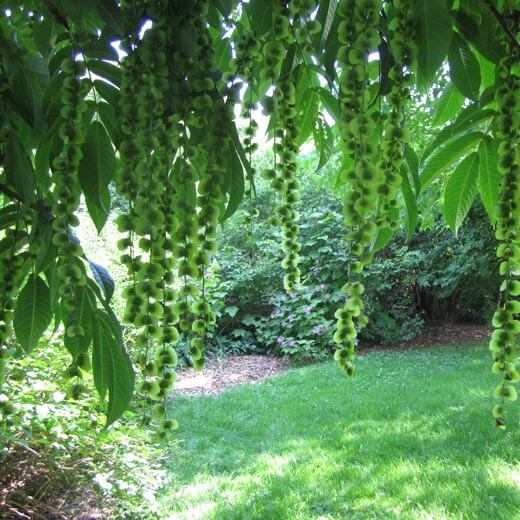The word arboretum comes from the Latin word for tree, arbor. The word first appeared in literature in 1833 and was used to refer to the part of a garden that nurtured and presented exotic trees. Today the term refers more generally to a botanical garden containing living collections of trees and shrubs. In Finnish the term used is “puulajipuisto”.
Arboreta play an important role in research and education, as well as for plant breeding. For the general public they are pleasant and interesting attractions thanks to the rich variety of plant species, which give the impression of being abroad.
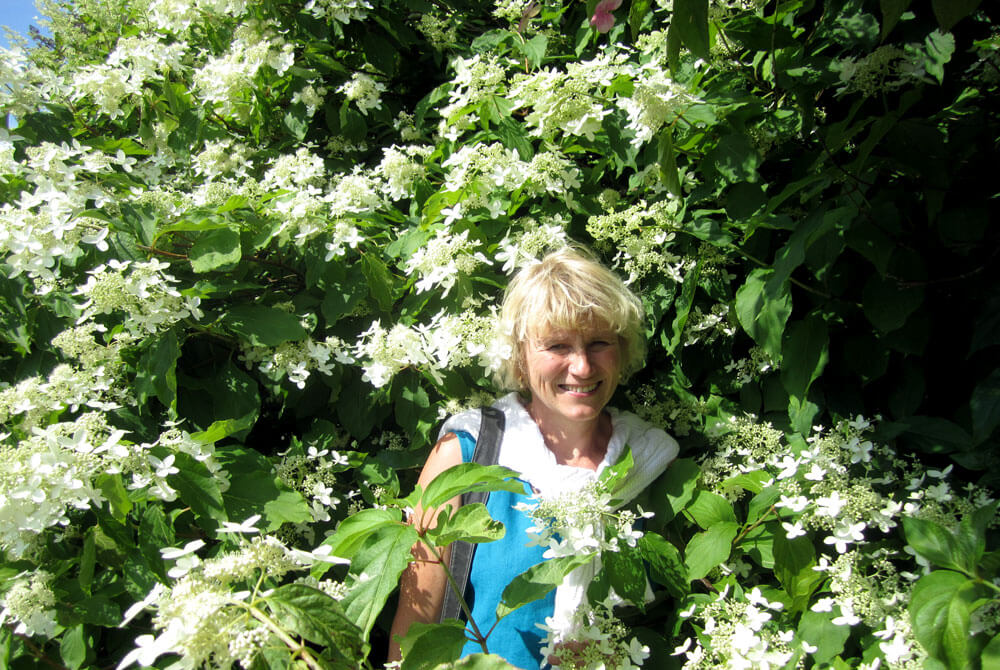
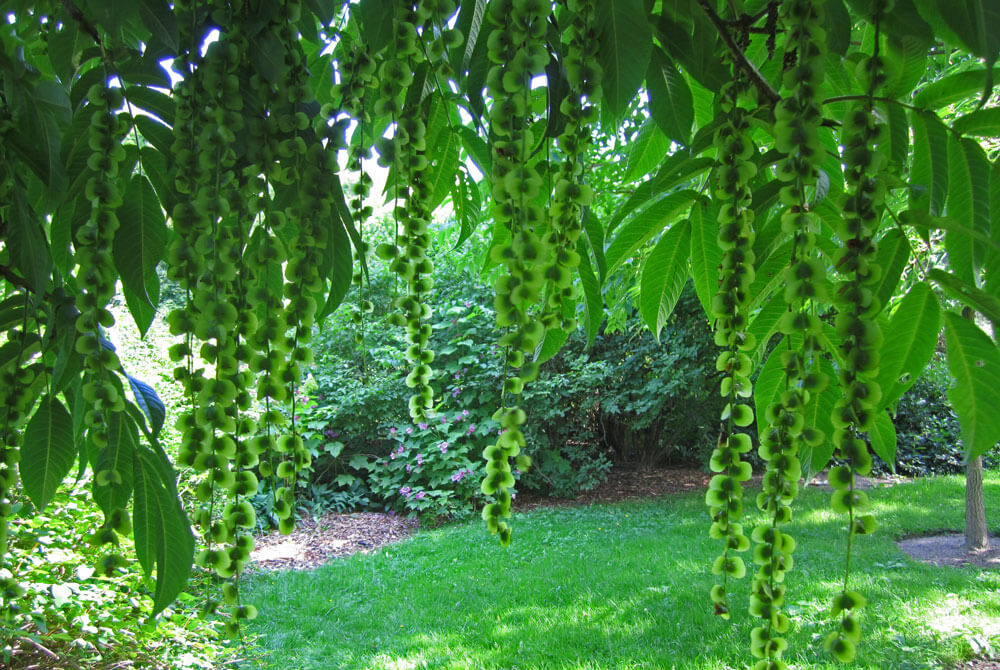
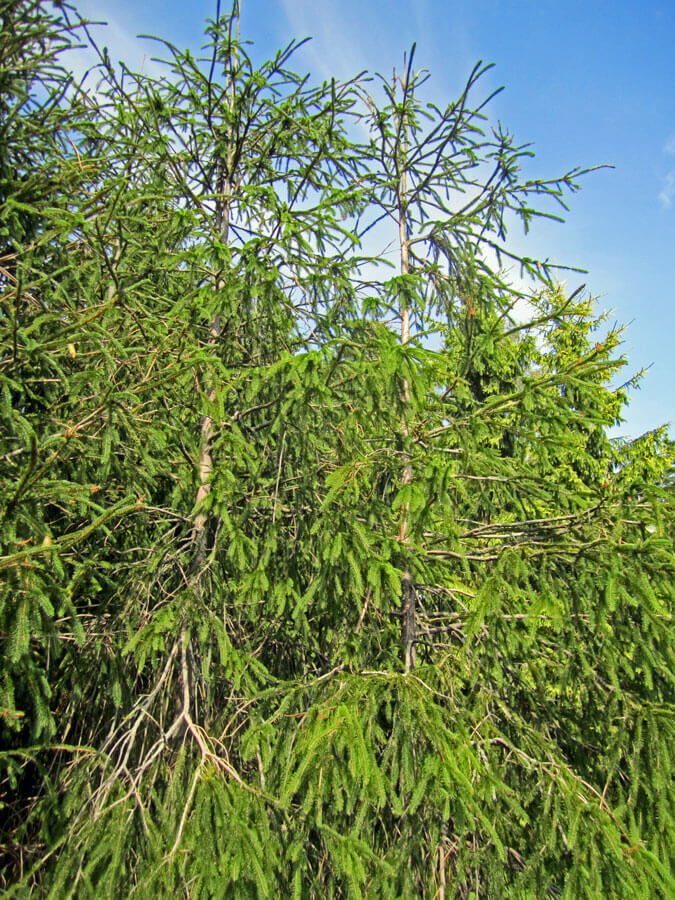
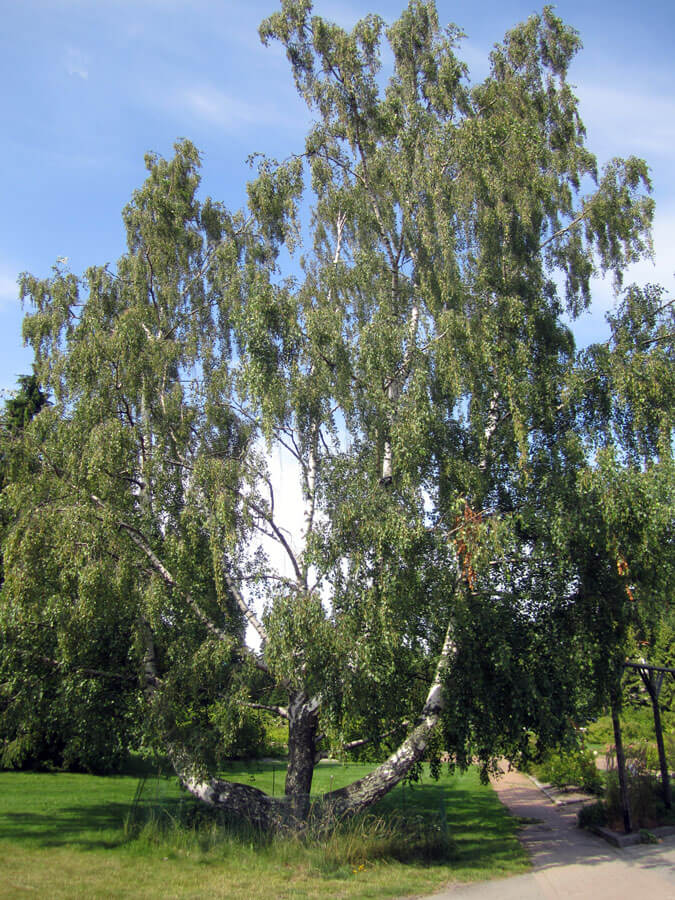
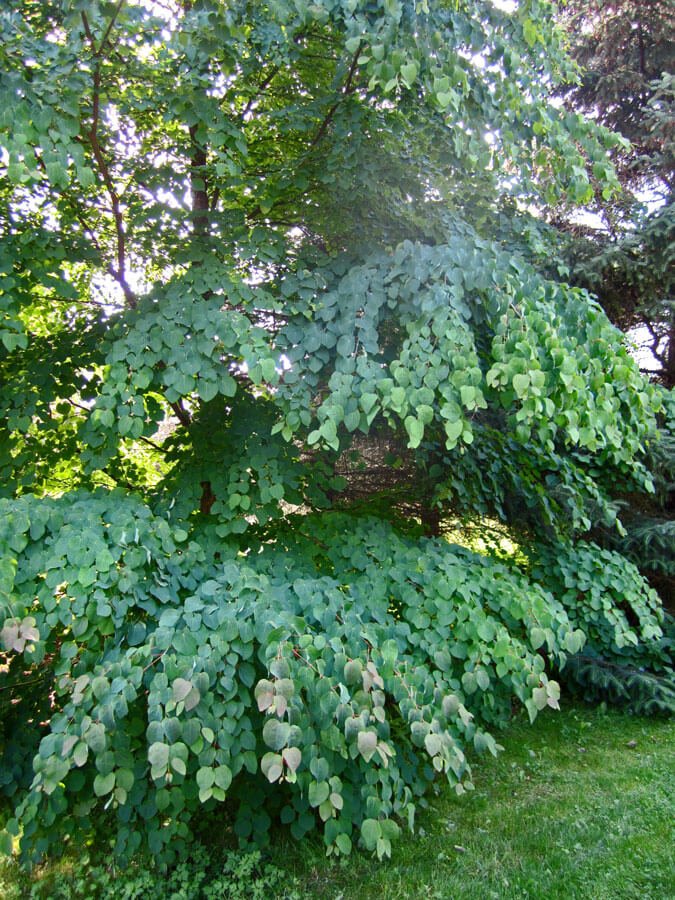
Urban nature created by human hands
The “dynamic perennial planting” in Meilahti Arboretum is an experimental planting from 2012, representing a new, more sustainable and natural way of using perennial plants. The planting model is based on nature, where meadows consist of several layered and overlapping species all growing alongside one another.
The maintenance of a dynamic planting differs from that of a traditional planting and is mainly steering in nature. The planting is supposed to resemble a blooming meadow, where the plants intertwine, forming varied and interesting combinations. Seedlings are not removed and the planting is not watered. The plant species are allowed to move around in the planting area. Over the years, the way the planting grows is steered by nature. The appearance of the planting varies year by year due to weather conditions and the amount of rainfall as well.
Planting plan
The group of perennials was planted in autumn 2012, under the shade of Amur maples. The area was first covered with weed barrier matting made of recycled paper and jute netting. The matting was then topped with a 20 cm layer of perennial soil.
The perennial planting consists of 13 plant species that thrive in the shade. They were organised into three different species mixes, the arrangement of which is presented as an indicative type square. Each type square contains 4–7 different species. The planting area was divided into 1.5 x 1.5 m grids, in which the seedlings were planted according to the type squares.
Nature sustains and offers its thanks!
The development of the experimental planting has been monitored annually. After the first few years, the planting has needed hardly any maintenance at all. It has developed by itself in a manner similar to natural groves. The City of Helsinki has committed to upholding natural biodiversity. Because of this, we will be adding more dynamic perennial plantings to our green spaces in the future.
Arboretum’s signpost
-
Meilahti Arboretum
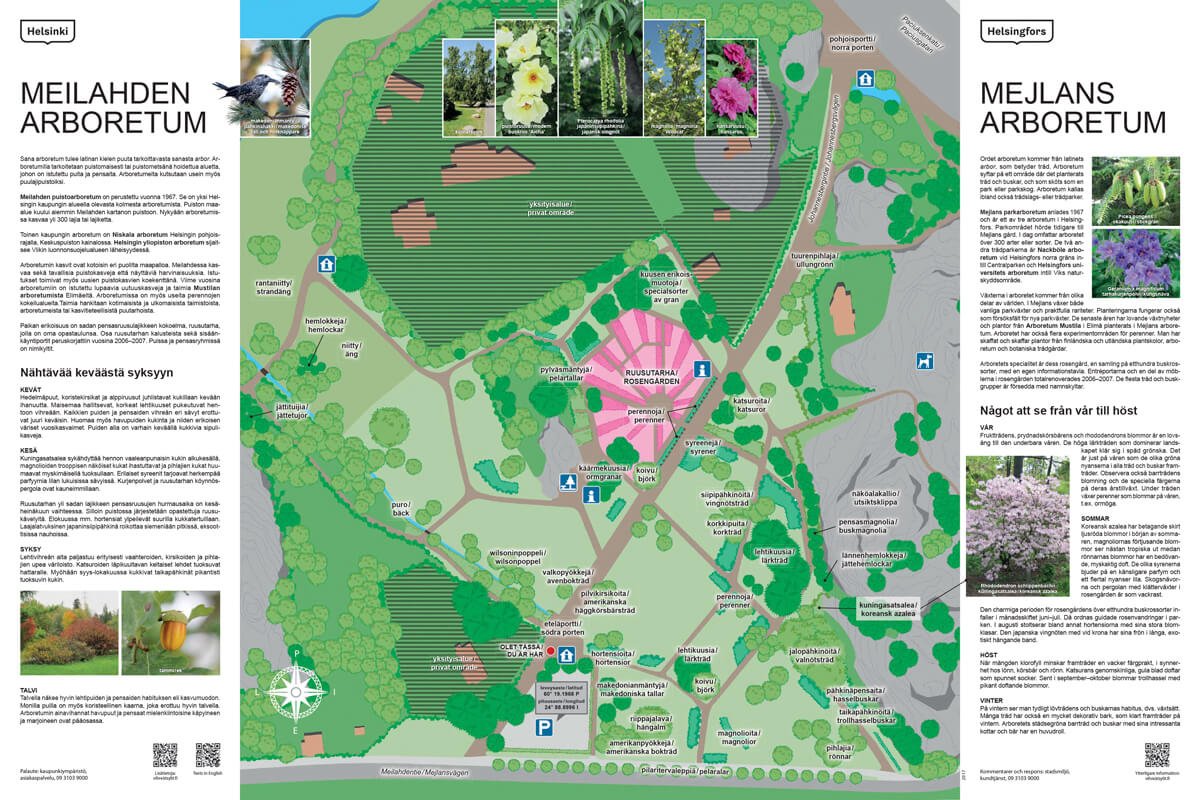
An arboretum refers to an area maintained as a park or forest park, where trees and shrubs have been planted. Arboreta are often also called tree species parks.
The Meilahti Park Arboretum was established in 1967. It is one of three arboreta within the city of Helsinki. The land originally belonged to the park of the Meilahti Manor. Today, the arboretum is home to over 300 species or varieties of trees and shrubs.
Another city-owned arboretum is the Niskala Arboretum, located at Helsinki’s northern border, near Central Park. The University of Helsinki’s arboretum is situated near the Viikki Nature Reserve.
The plants in the arboretum originate from various parts of the world. Meilahti hosts both common park plants and impressive rarities. The plantings also serve as test fields for new park plants. In recent years, promising new plants and saplings from the Mustila Arboretum in Elimäki have been introduced. The arboretum also features several experimental areas for perennials. Saplings are sourced from domestic and international nurseries, other arboreta, or botanical gardens.
A special highlight of the arboretum is the collection of a hundred shrub rose varieties, the rose garden, which has its own informational board. Some of the garden’s furnishings and entrance gates were renovated in 2006–2007. Trees and shrub groups are labeled with nameplates.
Sights from Spring to Autumn
SPRING
Fruit trees, ornamental cherries, and rhododendrons celebrate the beauty of spring with their blossoms. Towering larches dominate the landscape, donning a delicate green. The various shades of green in trees and shrubs are most vivid in spring. Also, take note of the conifers’ flowers and their uniquely colored new growth. Beneath the trees, early-blooming bulb plants emerge.SUMMER
The royal azalea stuns with its delicate pink flowers in early summer, magnolias dazzle with their tropical-looking blossoms, and rowans intoxicate with their musky-scented flowers. Different lilacs offer a more subtle perfume in various shades of lilac. Cranesbills and the rose garden’s climbing pergola are at their peak beauty.The enchanting bloom of the rose garden’s over one hundred shrub rose varieties peaks between June and July. During this time, guided rose walks are organized in the park. In August, hydrangeas proudly display their large flower clusters, while the broad-canopied Japanese wingnut dangles its seeds in long, exotic chains.
AUTUMN
As the chlorophyll fades, the stunning autumn colors of maples, cherries, and rowans emerge. The translucent yellow leaves of katsura trees exude a sweet, cotton candy-like scent. In late autumn, between September and October, witch hazels bloom with their uniquely fragrant flowers.WINTER
In winter, the growth form or “habit” of deciduous trees and shrubs becomes clearly visible. Many trees have decorative bark, which stands out beautifully in the winter landscape. The evergreen conifers and shrubs take center stage, with their intriguing cones and berries adding interest to the snowy scenery.

